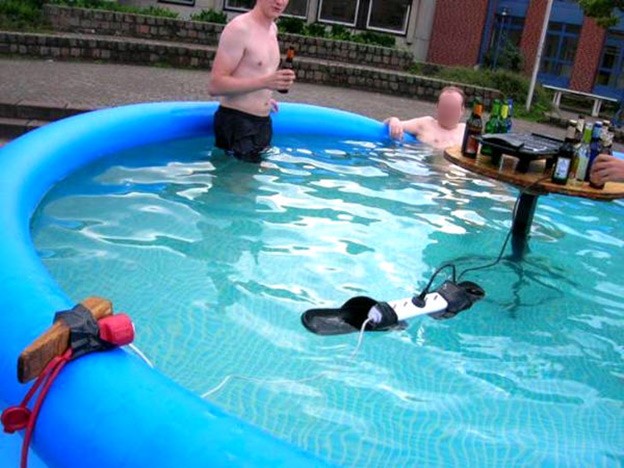When Wet Isn't Really Wet (Part 1)
When Wet Isn't Really Wet
It has been common in the past to assume that water and electrical equipment do not mix. However, just because a piece of electrical equipment, such as an electrical panel or a computer, gets wet doesn't mean that it needs to be replaced. In fact, most people don't know that pure water is actually a very poor conductor. It's the impurities in water such as dirt and/or chemicals that make water conductive. With that in mind, the National Electrical Code (NFPA 70) defines different classifications of "wetness" so one can determine what electrical equipment and cables, based on their ratings discussed below, should be used in what areas.
To summarize these classifications from NFPA 70:
- Dry - A location not normally subject to dampness or wetness
- Damp - A location protected from weather but subject to moderate degrees of moisture, excluding saturation
- Wet - A location subject to saturation with water or other liquids and not protected from weather
NEMA, the National Equipment Manufacturers Association, has classifications for electrical panels that indicate what type of environmental conditions, including water, the panel can be exposed to. Rather than list all of the classifications here the reader is encouraged to go to https://www.nemaenclosures.com/enclosure-ratings/nema-rated-enclosures.html to review the classifications.
So what does this mean?
Simply, it means that if an electrical piece of equipment is rated to be in a wet location, it's OK for it to get wet. As an example, THHW cable is rated for wet locations. So in the event of water intrusion into a facility, if the cable in the conduit at the facility is THHW rated cable then it doesn't matter if it got wet or not, it's OK and doesn't need to be replaced. As another example, a panel with a NEMA rating of 4X, if installed properly, can be installed outdoors and can withstand a Florida rainstorm without any damage as a result of the rain.
In our next blog we will discuss what can be done if an electrical or electronic piece of equipment gets wet and it's not rated for moisture intrusion. In the meantime, a reminder NOT to do this:

__________________________________________
Read Part 2 here | Read Part 3 here

